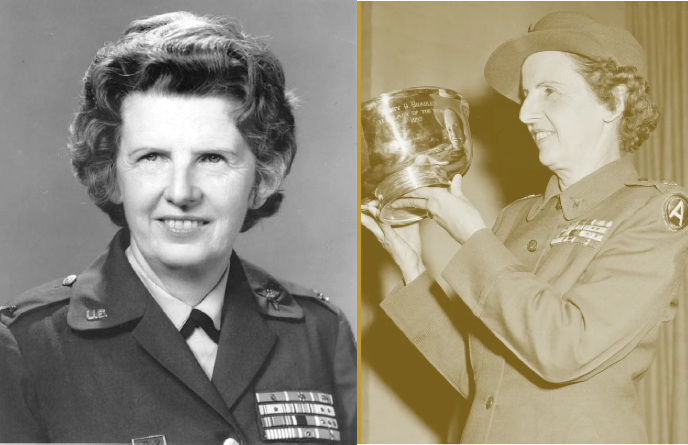Profiles In Nursing
Col. Ruby Bradley (1907-2002), Army Nurse and Angel of Bataan POW
A highly-decorated veteran, she survived four years as a Japanese POW

Nurses are trained to never abandon their patients. Perhaps no one nurse better understood that dictum than did Col. Ruby Grace Bradley, a U.S. Army Nurse Corps veteran who served in two wars and survived three years as a POW. Nurses are trained to never abandon their patients. Perhaps no one nurse better understood that dictum than did Col. Ruby Grace Bradley, a U.S. Army Nurse Corps veteran who survived three years as a POW.
“You Won’t Be in a War”
Bradley was born in 1907 in Spencer, W. Va. After graduating from college in 1926, she worked as a school teacher and then set her sights on the nursing profession. She graduated from Philadelphia General Hospital School of Nursing in 1933 and went to work at Walter Reed General Hospital in Washington, D.C.
In October 1934, she joined the U.S. Army Nurse Corps as a surgical nurse, with the “relative rank” of second lieutenant. “Now, don’t worry,” the Army recruiter told her, “you won’t be in a war!” For seven years, that was true. Bradley was stationed stateside, continuing her work at Walter Reed.
In February 1940, she was transferred outside the U.S. for the first time: to Station Hospital at Fort Mills, on the island of Corregidor in the Philippines. One year later, she was reassigned as head nurse at Camp John Hay on the Philippine island of Luzon.
Prisoner of War
That December, the Japanese attacked Pearl Harbor, Hawaii. Soon thereafter, Japanese aircraft struck Camp John Hay. “This force dropped 128 bombs, many of which did not explode,” Bradley later wrote. “Had each one been ‘live,’ the results would have been even more disastrous.”












